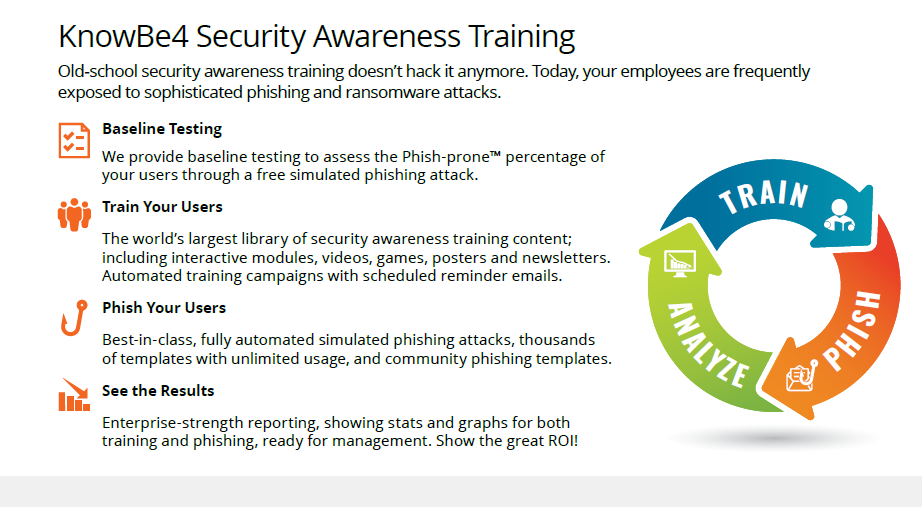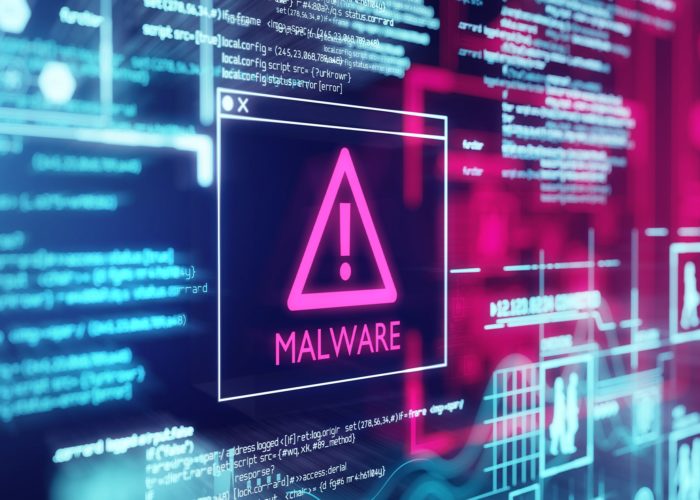July 1, 2025
Building a flexible, secure and productive workplace is critical, but that doesn’t mean it has to come with enterprise-sized costs. With cyber threats on the rise, creating a cyber-resilient digital workplace is no longer optional. The good news? You don’t need a massive budget to do it effectively.
Cyber resilience is more than just cyber security, it’s your organisation’s ability to prepare for, respond to, and recover from cyber-attacks. From phishing scams and ransomware to insider threats, no business is immune.
The UK Government reports that 50% of medium businesses and 70% of large businesses have faced breaches in the past year. The damage from downtime, data loss and disruption is far greater than the cost of being prepared. That’s where a smart, budget-friendly cyber resilience strategy comes in.
Before you buy any new software or enrol in a cyber security course, take stock of your current infrastructure. A simple audit can reveal:
This groundwork forms the basis for every improvement to follow, whether you’re investing in new technology or providing cyber security training to your team.
The most advanced firewalls won’t protect you from an employee clicking a phishing link. Human error is still the leading cause of breaches, which makes cyber security awareness absolutely essential.
Dataquest helps organisations roll out:
If you’re just starting out, beginner cyber security training can provide a foundational understanding for staff. If you’re unsure where to start, just speak to our team for tailored options.

You don’t need to invest in every flashy tool. Instead, focus on tech that delivers real protection:
Choosing the right stack, especially for IT cyber security training or hybrid work environments, helps reduce risk and keeps your workplace running smoothly.
You can’t fight what you can’t see. Real-time threat detection doesn’t have to mean expensive 24/7 staffing. Many organisations are turning to managed detection and response (MDR) services.
These provide affordable, continuous monitoring and fast incident response, giving peace of mind without the headcount.
Recovery is a crucial part of cyber resilience – it’s what gets you back on your feet after an attack. An effective recovery plan should include:
And yes, your team should understand it, something a good security cyber training programme can reinforce.
Building a cyber-resilient digital workplace isn’t about throwing money at the problem, it’s about making informed, strategic decisions. With the right partner and a commitment to cyber security awareness training, you can protect your people, your data and your bottom line.
Want to strengthen your digital workplace and upskill your team?
Explore our cyber security training solutions or book a free consultation with Dataquest today.

Read full story

Read full story

Read full story

Read full story

Read full story

Read full story

Read full story

Read full story

Read full story

Read full story